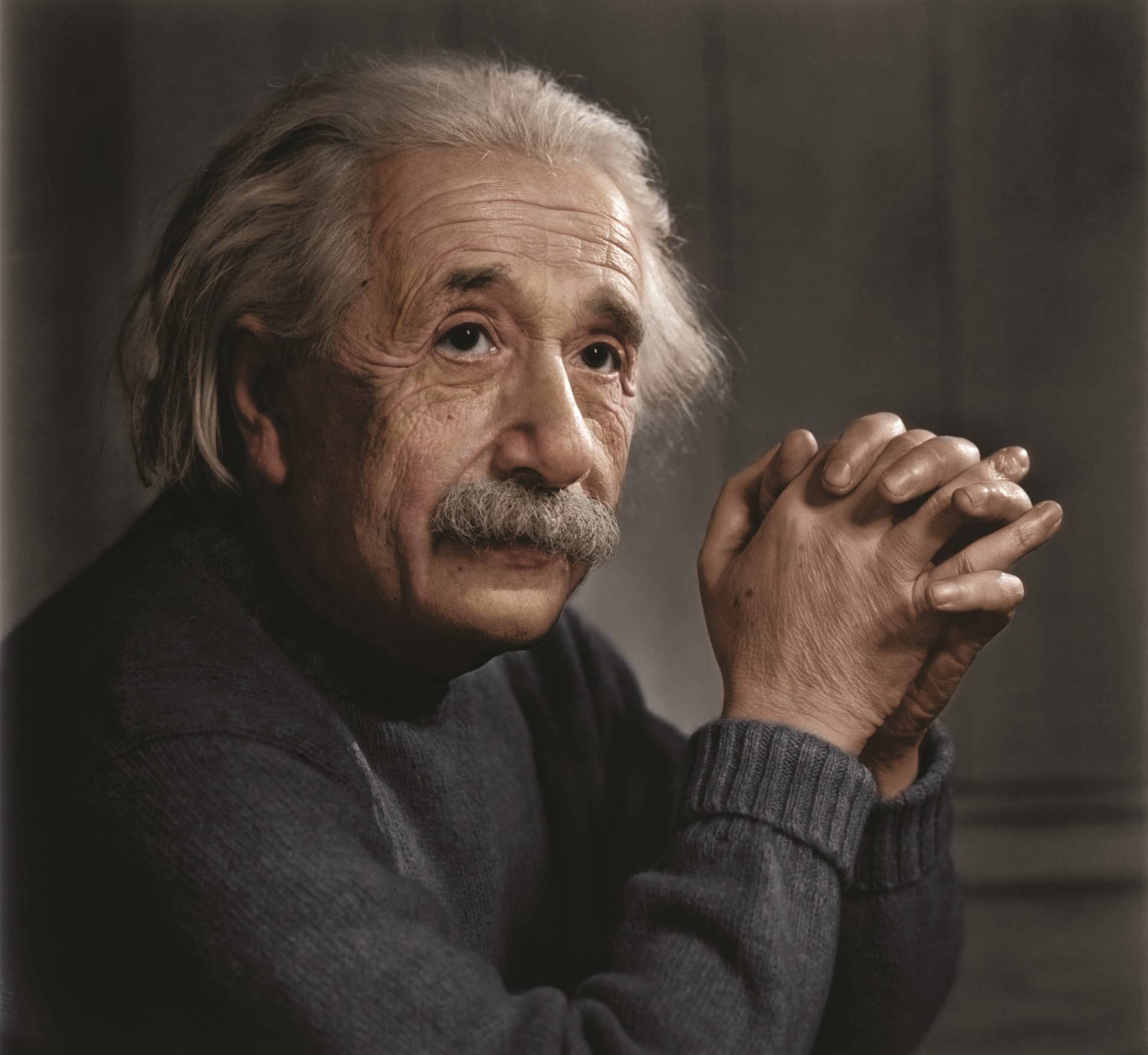Science of Spirit || The Truth is the Organic Whole
One of the most significant developments in 21st-century biology is the realization that Neo-Darwinian evolution is outdated (see infographic). Rather than being random byproducts of purposeless mechanical processes, living entities from single cells to complex organisms are cognitive agents who make decisions, solve problems, cooperate with others, and are profoundly integrated with their environment. Progressive thinkers like Dr. James A Shapiro and Dr. Denis Noble call for biology to replace physics as the center of modern science. In the January 1982 issue of the BI Bulletin (p 6), Dr. Puri provides details about the International Seminar on the Living State held in December 1981 at the All India Institute of Medical Sciences in New Delhi, India. Speakers included members of the BI (Dr. Bhaktisvarup Damodar and Dr. B.M. Puri), Nobel laureates Ilya Prigogine and George Wald, Rene Thomas, B.C. Goodwin, and others. This conference is historically significant regarding progressing beyond Darwinian evolution due to the Times of India’s headline, “Nobel Laureate Debunks Theory of Evolution,” and reporting, “Nobel Laureate, Prof. Ilya Prigogine, claimed that Darwin’s theory of Evolution was no longer valid.” Other articles throughout the BI Bulletins further illuminate the shortcomings of Neo-Darwinian evolution and establish the importance of the empirically verifiable law of biogenesis (that life and matter come from life). In 2009, Dr. Puri launched the Darwin Under Siege blog.

Nobel laureate George Wald (left) walking with Dr. B. M. Puri (right) and Dr. T. D. Singh (center), on the cover of the BI Bulletin January 1982 issue.
Both Hegelian and Vedantic philosophy (where ‘Veda’ means ‘knowledge’ in Sanskrit, and ‘Vedanta’ means ‘the end or conclusion of knowledge’) are concerned with the irreducibility of life and the essentiality of consciousness. In the natural world, we observe a dichotomy between inanimate lifeless matter and animate living entities, where the difference between matter and life is the presence of cognition or consciousness. Consciousness (observation/knowing) denotes a subject-object relation between the observer/knower and what is observed/known. There’s a lack or desire in the subject which seeks fulfillment through an object; this dynamic is fundamental to consciousness. In nature, the object appears opposed to the subject, i.e. the subject considers the object other than or external to itself. This creates a struggle where subjects – individual living entities – assert their will over any external object, even another living entity. The conflict between the two individuals trying to dominate one another produces resistance and suffering on both sides, giving rise to notions like survival of the fittest and “the war of all against all.” Thus, Hegelian and Vedantic philosophy both conclude that externality is the defining characteristic of nature such that otherness is perceived as separate from oneself, i.e. objects exist outside of subjects. This is seen in the Vedantic term “bahiranga-shakti” meaning “external energy” and in the beginning paragraph (§ 197) of Hegel’s Encyclopedia of Nature. The theory of Darwinian evolution ignores the cognition and desire motivating competition. It maintains the external struggle for existence and random genetic mutation as the cause of evolution, leaving purposeful behavior, cooperation, and the potential for harmonious existence unexplained. Conversely, the developing theory of the evolution of consciousness suggests that remaining in a plane of awareness fixated on externality reflects a lack of conscious development and that a proper conception of evolution must comprehensively explain existence, cognition, desire, and how different kinds of individuals both oppose and support each other within a dynamic environment composed of living and nonliving (biogenic and abiogenic) factors.
When a subject attains a state of self-consciousness where they know an object as themself – or simultaneously one with and different from themself – competition decreases and there’s relief from suffering. To some extent, this is the notion that the “object is what the subject knows it to be,” as Dr. B Madhava Puri stated during our Science & Scientist 2019 conference at Rutgers University. For instance, consider if a Kingfisher is [1] a small and brightly colored tropical bird in need of conservation, [2] a symbol of love in Greek mythology, [3] a bad omen for the Dusun warriors of Borneo, [4] a biomimetic model for Japan’s Shinkansen bullet train, or [5] all of the above? Each group of people sees the Kingfisher in a particular way. Depending on the unique perspective and needs of the subject, the object appears differently.
At the stage of self-consciousness, fulfillment is derived from blissful introspective and self-reflective experience, where the self is not perceived independently isolated as an “island, entire of itself,” but rather as “a piece of the continent, a part of the main,” (John Donne, “No Man is an Island”). That is to say, one’s self is necessarily and fundamentally integrated with others and the higher purpose of the overarching/underlying totality. Only human life demonstrates this possibility of seeing oneself in the other. Instead of experiencing a harsh environment filled with external threats, a person with elevated consciousness perceives an inspiring environment nurturing the cultivation of the best version of themself and everyone else, as interdependent participants of an Organic Whole. This positive progression of autonomy from external natural conditions leads to self-inquiry seeking further self-determined freedom – the root of all scientific and humanistic disciplines. Hegelian and Vedantic philosophy hold that this is the eternal dynamic movement of Spirit coming to know and enjoy itself as Spirit (Hegel, Phenomenology of Spirit, §§ 18-20 || Brahma-samhita, verses 1 and 33). These profound conclusions of Eastern and Western thought have far-reaching implications that can inspire new developments and research programs throughout the sciences and humanities.

